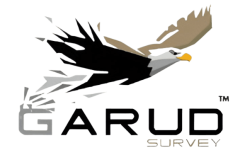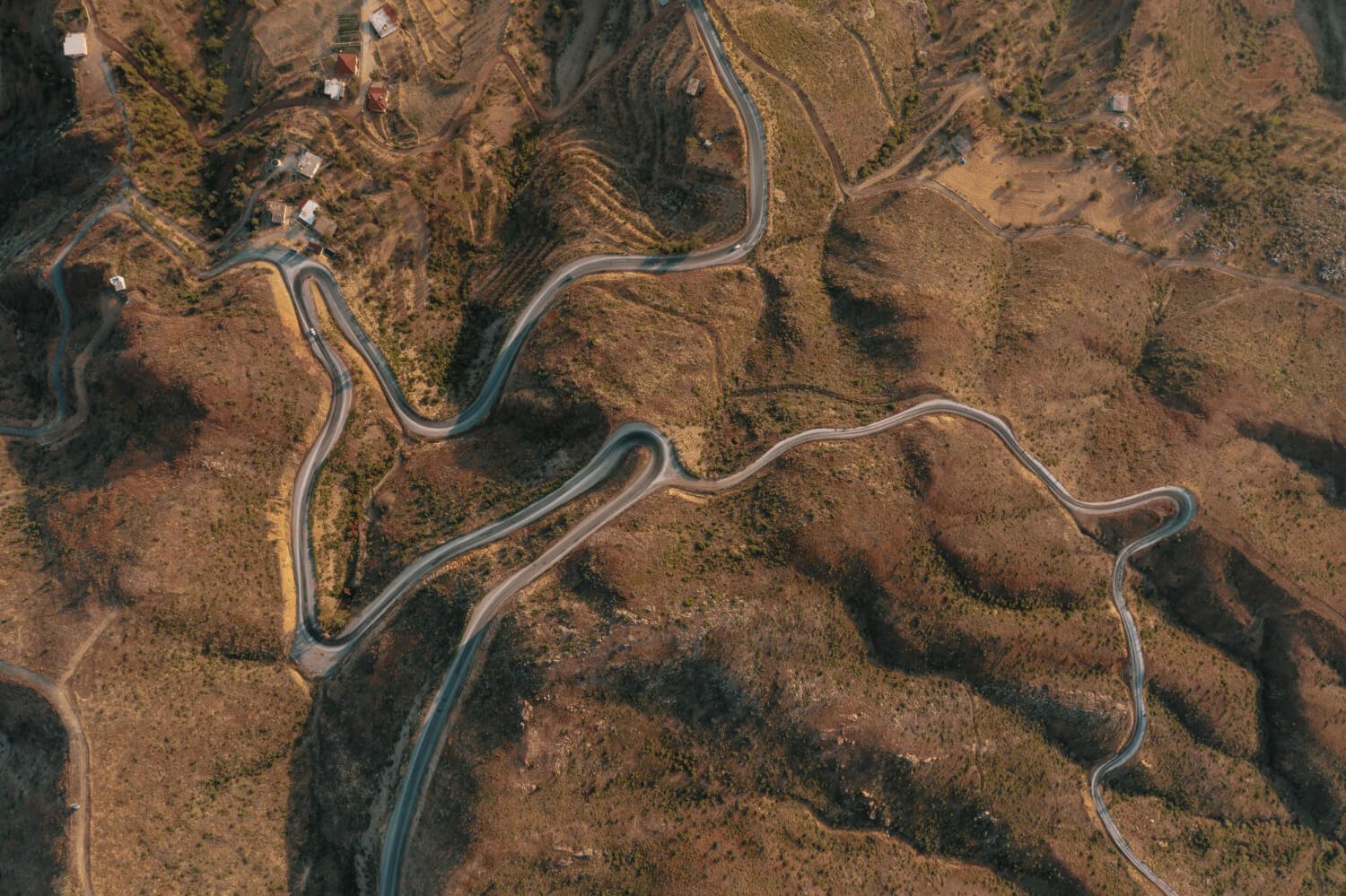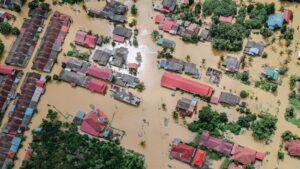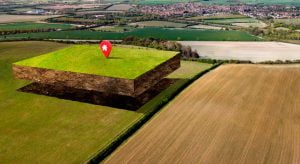Precision and accuracy are crucial in the field of modern surveying and mapping. Traditional surveying techniques have been very useful, but modern times call for high-resolution terrain modeling and real-time data, therefore it’s time to use cutting-edge technology. The Aerial Mapping LiDAR Survey is one such innovation that has been altering the surveying profession. We’ll explore what LiDAR is, how it’s utilized in aerial mapping surveys, and the amazing advantages it provides to numerous sectors in this blog post.
What Is LiDAR?
LiDAR, which stands for Light Detection and Ranging, is a remote sensing technology that uses laser pulses to measure distances between the sensor and objects or surfaces on the Earth’s surface. This remarkable technology provides highly accurate 3D information about the surveyed area, making it an invaluable tool for a wide range of applications.
How Aerial Mapping LiDAR Surveys Work:
- Laser Emission: During a LiDAR survey, a laser scanner mounted on an aircraft emits laser pulses towards the ground.
- Reflection and Return: The laser pulses interact with the ground and objects on it. They reflect back to the LiDAR sensor, recording the time it takes for each pulse to return.
- Data Collection: The LiDAR sensor collects millions of data points per second, creating a dense point cloud of the surveyed area.
- Data Processing: Advanced software processes this point cloud data to generate detailed 3D models, topographic maps, and other valuable information.
Benefits of Aerial Mapping LiDAR Surveys:
- Unmatched Precision: LiDAR surveys offer unparalleled accuracy and precision, making them ideal for applications such as topographic mapping, land-use planning, and infrastructure design.
- Efficiency: LiDAR surveys cover large areas quickly and efficiently, reducing the time and cost associated with traditional surveying methods.
- Versatility: This technology is incredibly versatile, making it suitable for various industries, including forestry, agriculture, urban planning, and disaster management.
- Environmental Impact Assessment: LiDAR can be used to assess and monitor environmental changes, including deforestation, coastline erosion, and land subsidence.
- Improved Safety: Aerial LiDAR surveys minimize the need for ground personnel to access challenging or hazardous terrain, enhancing safety for surveying teams.
- Real-Time Data: LiDAR data can be processed in real-time, enabling immediate decision-making and response in emergency situations.
Conclusion:
Airborne mapping LiDAR surveys have revolutionized how we gather and examine geographic data. They offer unmatched precision, efficiency, and versatility, and have emerged as a vital tool in a variety of sectors. Future developments in technology will likely lead to even more cutting-edge uses for LiDAR, further establishing its status as a revolutionary tool for surveying and mapping. Explore the amazing capabilities of Aerial Mapping LiDAR Surveys if you’re trying to collect extremely precise and thorough data for your project.




